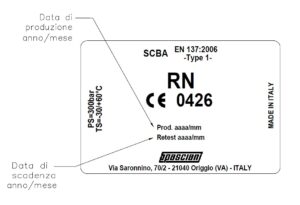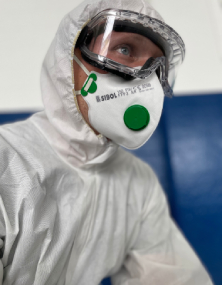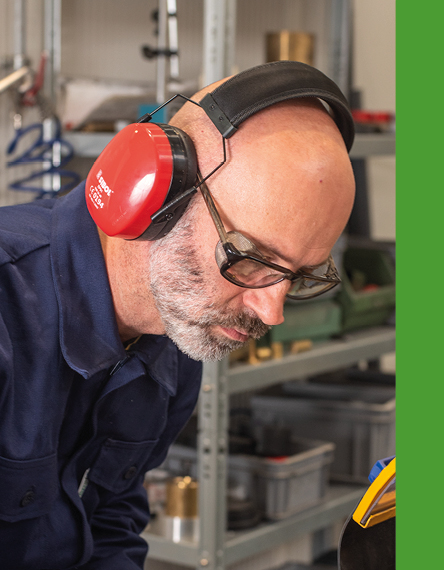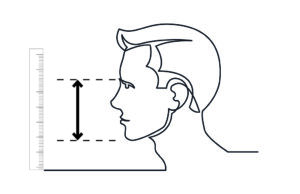How often should I service the reducer of my SPASCIANI breathing apparatus?
The service frequency depends on the year your breathing apparatus was manufactured:
- Products manufactured before 2025: general servicing every 6 years.
- Products manufactured from January 1, 2025 onwards: general servicing every 10 years, providing greater convenience and a longer maintenance cycle.
Important note: For devices manufactured until 2024, the 6-year service cycle will remain valid until the product is decommissioned.
With SPASCIANI, safety and reliability are always at the heart of what we do!
Where can I find the manufacturing date of my SPASCIANI breathing apparatus?
You can find the manufacturing date directly on the label attached to each device. The label is easy to spot and contains all the essential information needed to identify your breathing apparatus.
Example label:

After each service, an additional label is applied to the device, clearly indicating the date of the next scheduled service, so you’ll never have to worry about forgetting!

At SPASCIANI, everything is designed to simplify your experience and ensure maximum safety!
What does the scheduled maintenance of SPASCIANI breathing apparatus include?
Scheduled maintenance is essential to ensure the highest level of safety and performance for your breathing apparatus.
Who can perform it?
Only specialized personnel authorized by SPASCIANI or our Authorized Workshops can carry out maintenance, ensuring a highly qualified service.
️ What does it include?
Maintenance involves:
- Checks before and after each use: to ensure proper functionality.
- Scheduled periodic inspections: performed at fixed intervals to keep the device in optimal condition.
Summary table:
With SPASCIANI, every detail is designed to provide you with safety and reliability, both today and in the future!
















